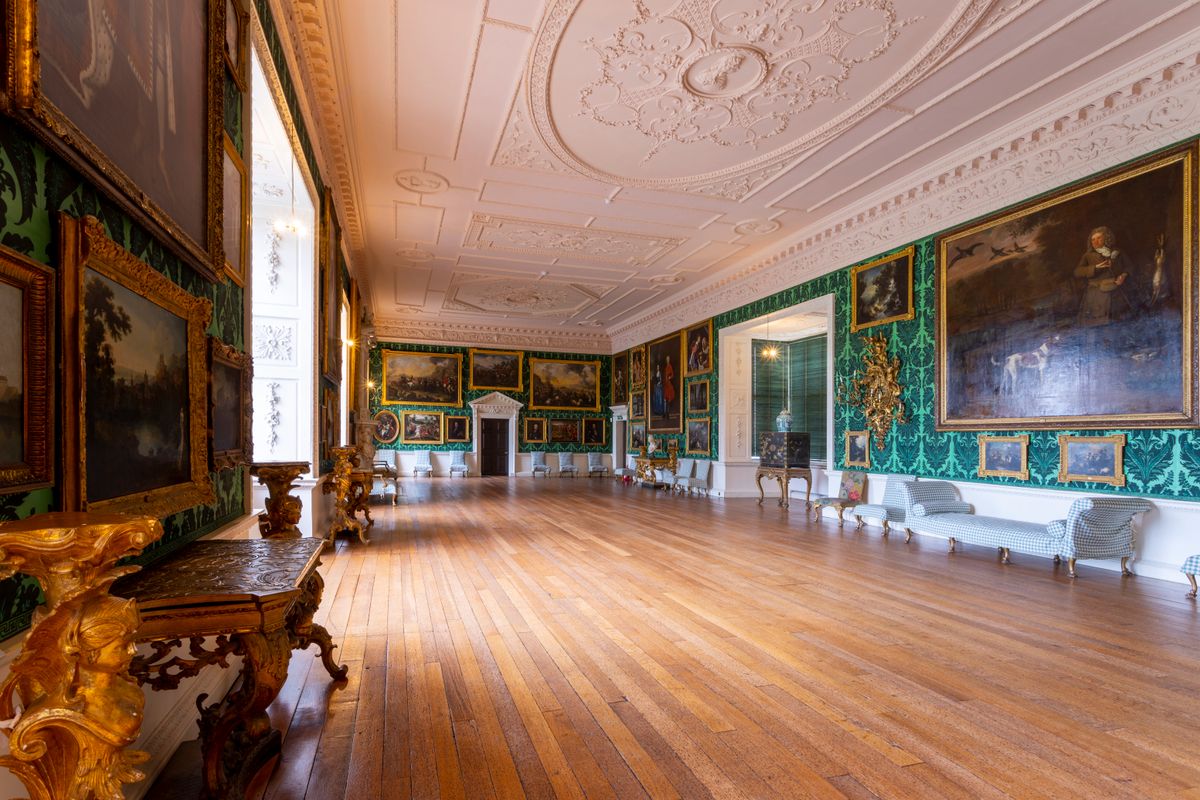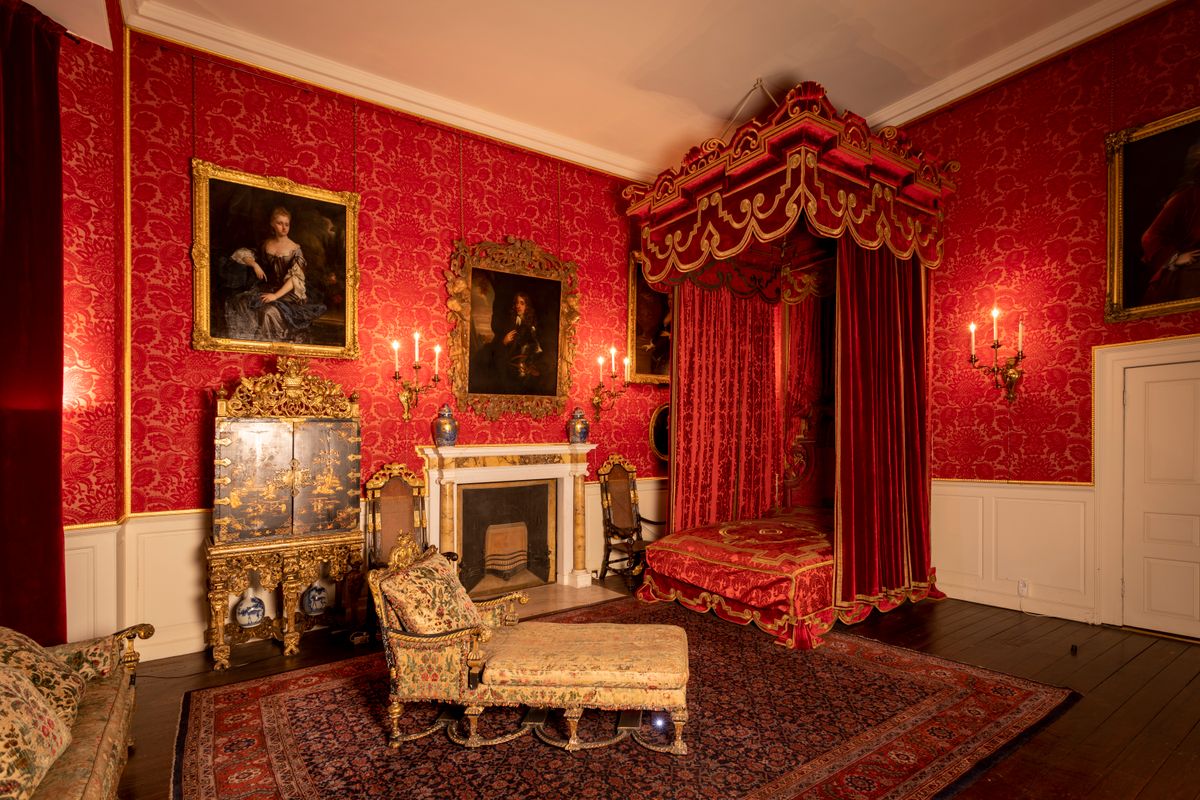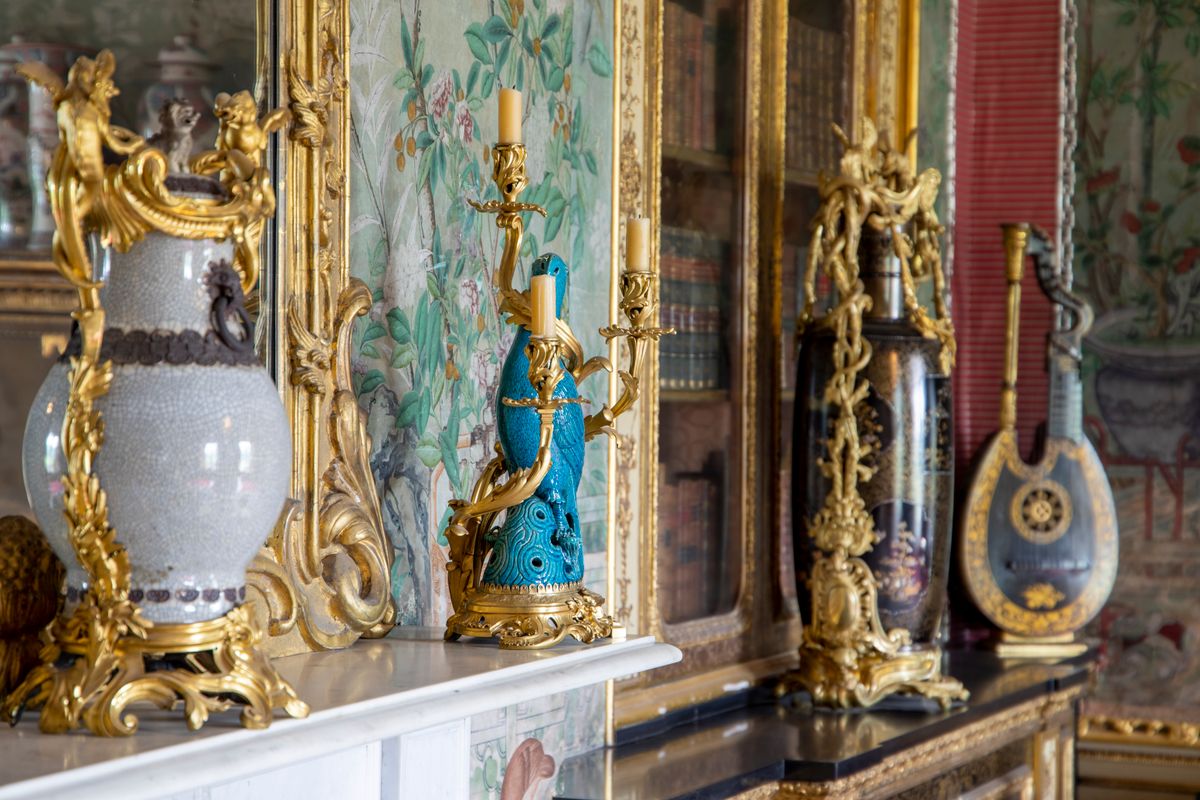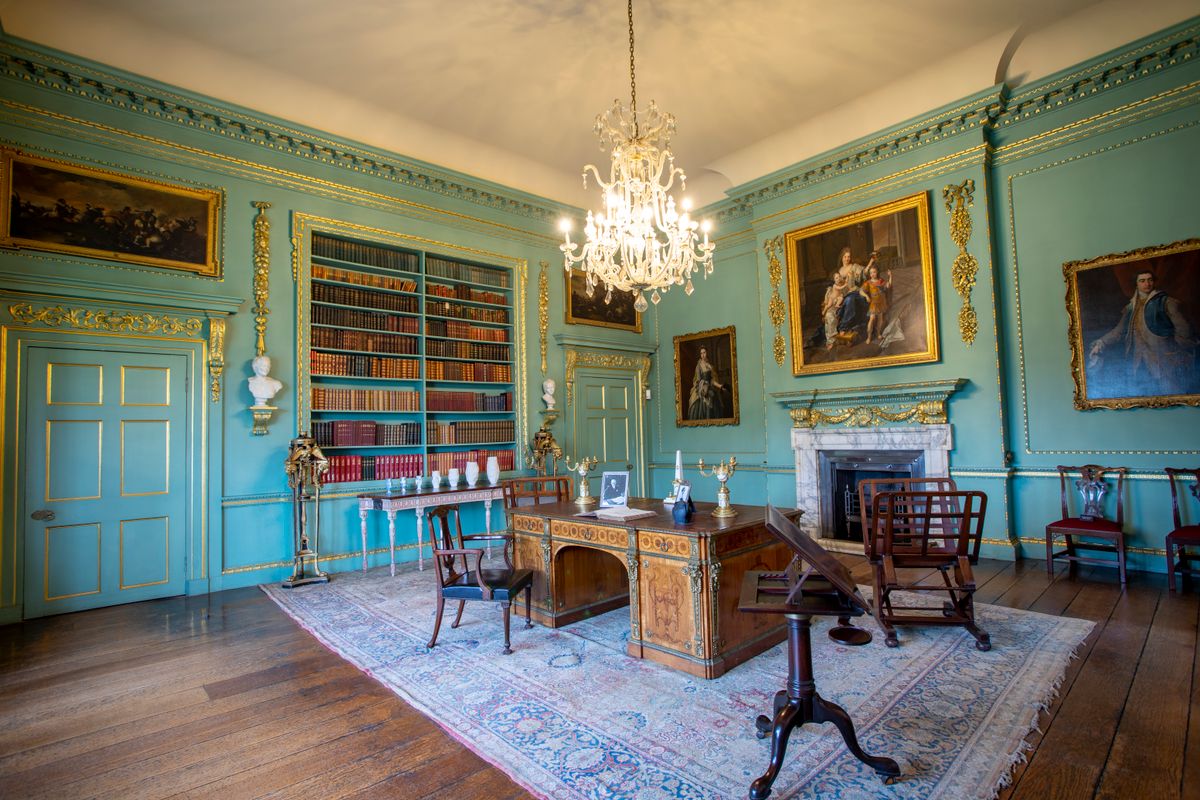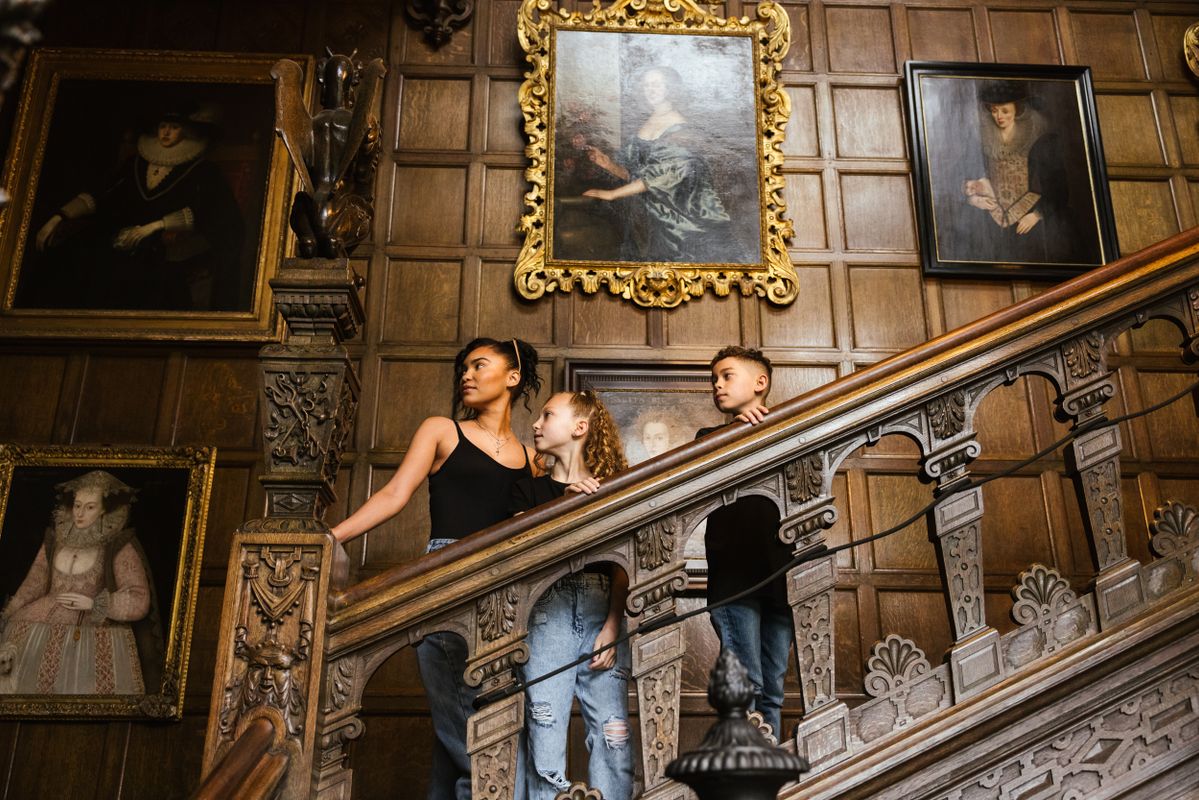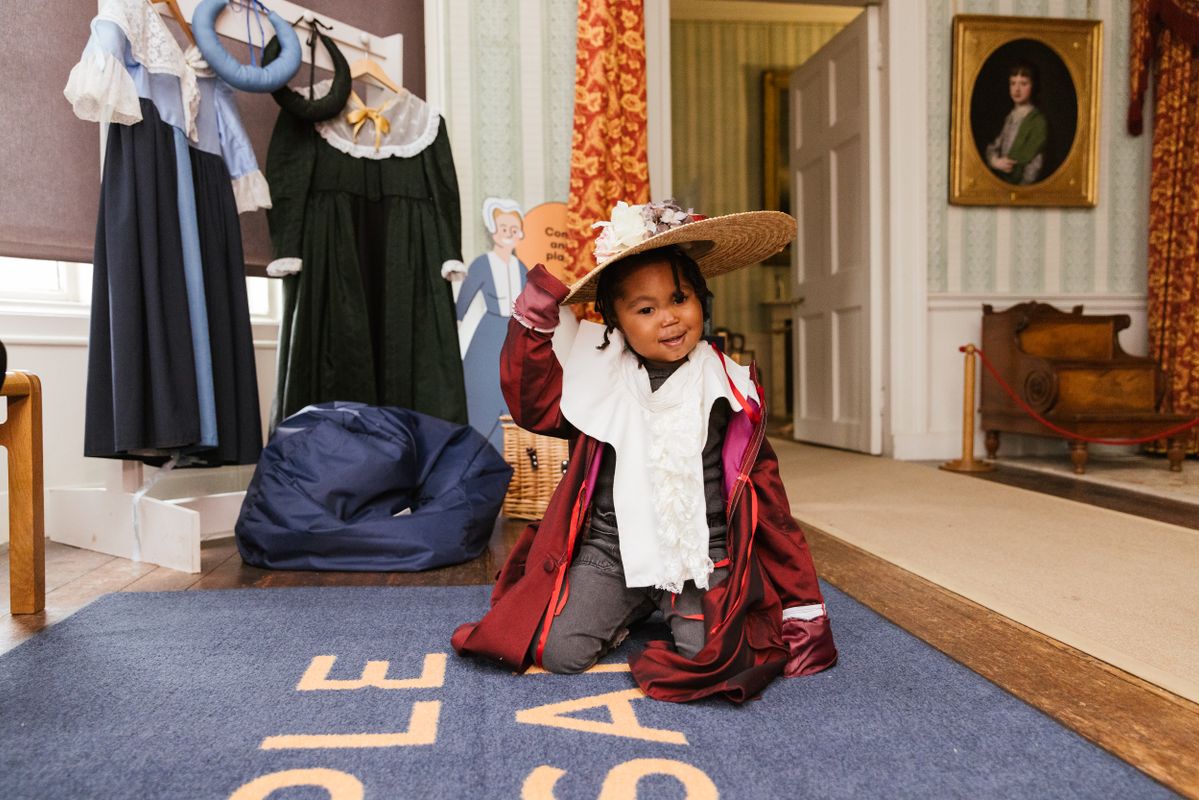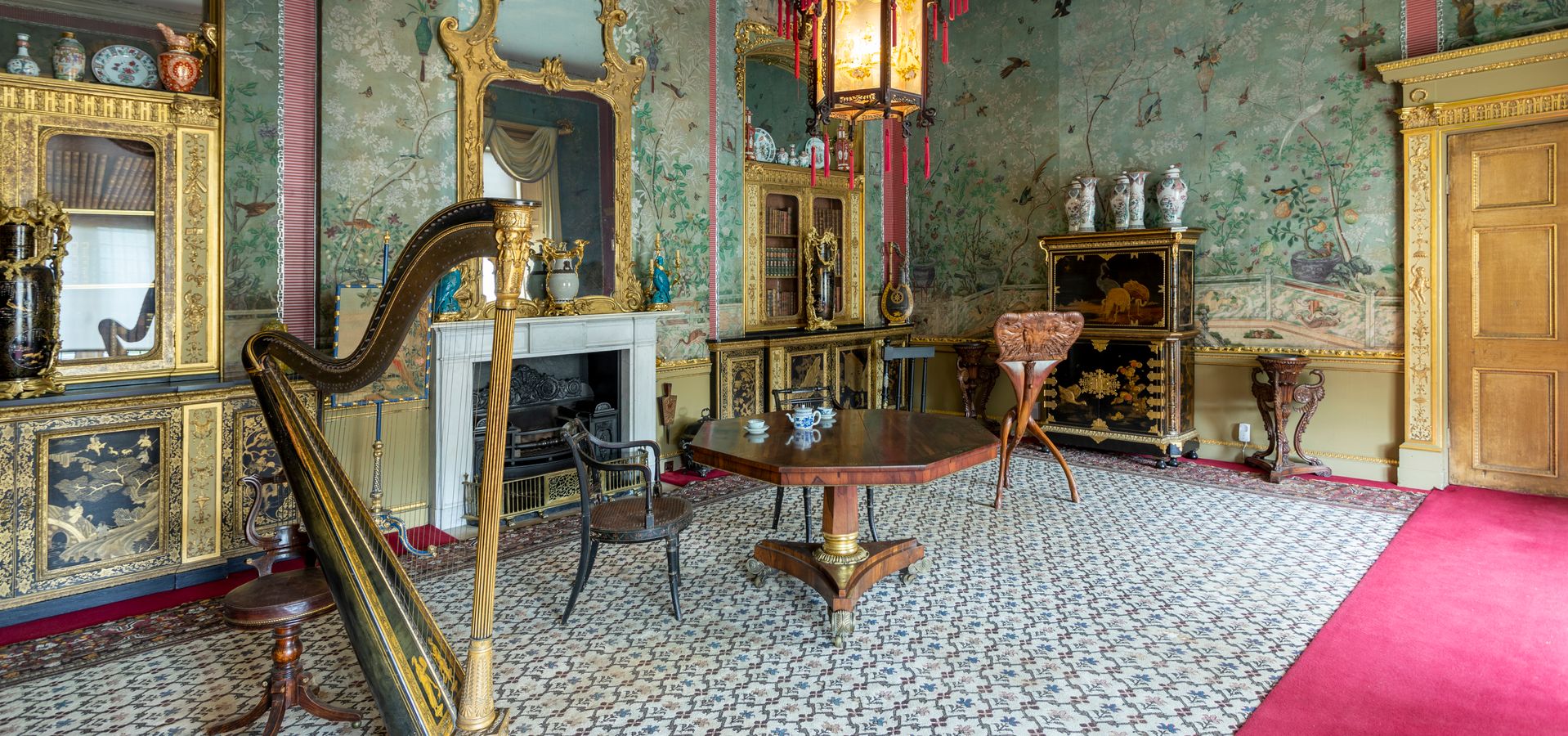
Temple Newsam House
After being seized by Henry VIII and granted to his niece, the house became birthplace to the notorious Lord Darnley, husband of Mary Queen of Scots and father of James I. Beyond its illustrious Tudor origins, the Ingram family also left their marks. Today Temple Newsam contains a rich tapestry of period interiors from the 1600s onwards, showing how different generations lived. Not to be missed are the spectacular Picture Gallery and the intimate Chinese Drawing Room.
For the last 100 years Temple Newsam has been owned by the City of Leeds for the enjoyment of all. In that time, Temple Newsam’s deep history has been supplemented by one of the greatest collections of fine and decorative arts in Britain. Discover this treasure trove of furniture, ceramics, textiles, silver and wallpaper in a remarkable country house setting.
Lord Darnley at Temple Newsam
Henry Stuart, better known to history as Lord Darnley, was born with high hopes in Temple Newsam in 1545 to Margaret Douglas, niece of King Henry VIII, and Mathew Stuart the Scottish earl of Lennox. With Tudor and Stuart blood flowing through his veins, Darnley and his family were full of ambition for his future. This ambition would reach its zenith in 1565, when he married Mary Queen of Scots, and Darnley was proclaimed King consort.
On first sight Mary had declared him ‘the lustiest and best proportioned long man that she had seen’, but during their 2 year marriage, Lord Darnley brought nothing but promiscuity, treachery, treason and illegitimate children. Their tumultuous marriage came to an end in 1567, at a point of reconciliation, a huge explosion destroyed their house Kirk O'Field in Edinburgh. Mary was unharmed, but Darnley's body was discovered... in a nearby orchard, half naked with a dagger, a chair and a piece of rope beside his corpse.
A slippery character if ever there was one, the story of Darnley’s life is as erratic as his personality. Had he had a more positive temperament, without so many enemies it is more than likely that he would have lived beyond the age of 21, and possibly maintained his marriage to Mary Queen of Scots. Without her marriage to Bothwell, Mary might not have been executed: and the course of British history may have taken a different route. And it all started with a birth at Temple Newsam.

